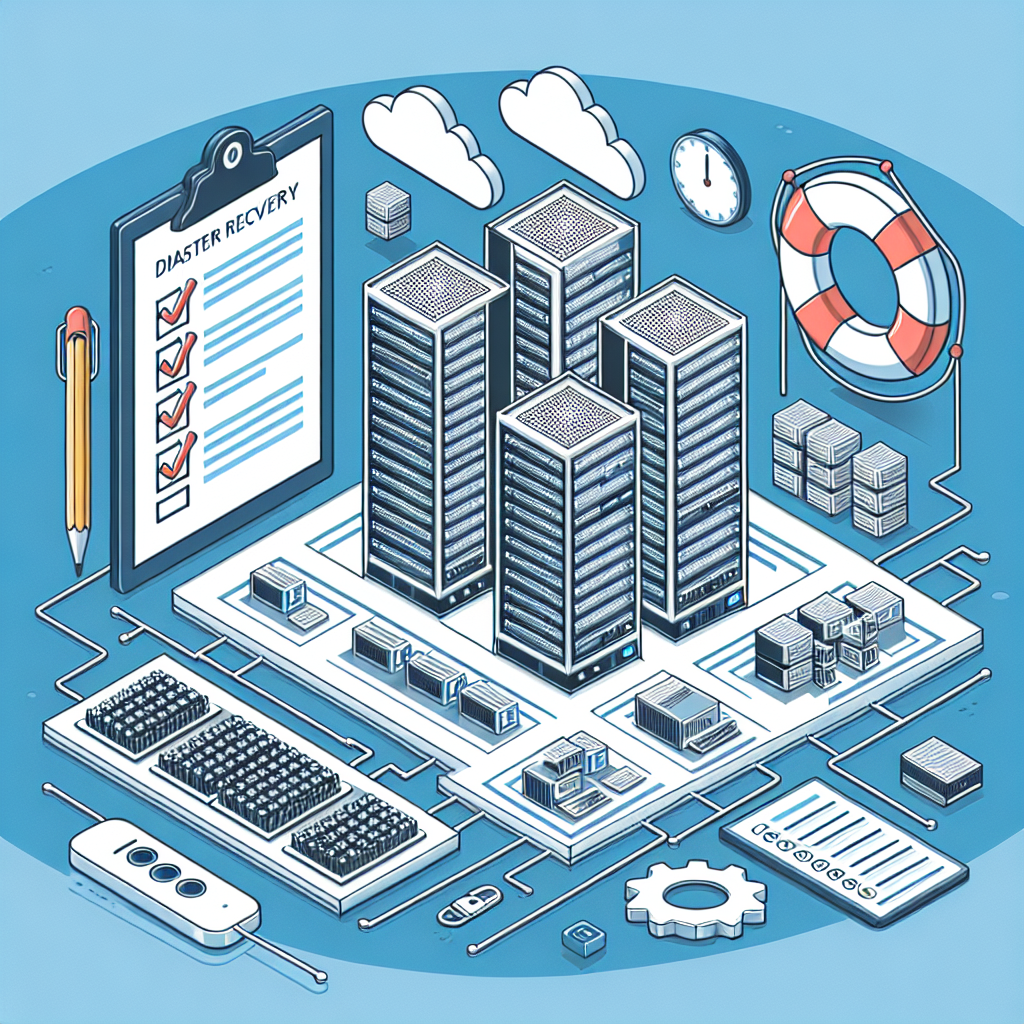Data centers play a crucial role in the operations of businesses, as they house and manage critical data and applications. In the event of a disaster, such as a natural disaster, cyberattack, or equipment failure, it is essential to have a solid disaster recovery plan in place to ensure the continuity of business operations. Here are some best practices for data center disaster recovery planning:
1. Conduct a risk assessment: Before developing a disaster recovery plan, it is essential to assess the potential risks that could impact your data center. This includes identifying potential threats, vulnerabilities, and impacts on business operations. By understanding the risks, you can develop a more effective disaster recovery strategy.
2. Define recovery objectives: Determine the recovery objectives for your data center, including recovery time objectives (RTO) and recovery point objectives (RPO). RTO refers to the maximum acceptable downtime for business operations, while RPO refers to the maximum acceptable data loss. By defining these objectives, you can prioritize recovery efforts and allocate resources accordingly.
3. Develop a comprehensive disaster recovery plan: Create a detailed disaster recovery plan that outlines the steps to take in the event of a disaster. This plan should include procedures for data backup and recovery, system restoration, communication protocols, and roles and responsibilities of team members. Regularly review and update the plan to ensure it remains effective.
4. Implement data backup and recovery solutions: Implement data backup and recovery solutions to ensure that critical data is protected and can be quickly restored in the event of a disaster. This may include regular backups to offsite locations, cloud storage, or disk-based backup solutions. Test the backup and recovery process regularly to ensure its effectiveness.
5. Establish redundant systems and infrastructure: To minimize downtime and ensure business continuity, consider implementing redundant systems and infrastructure in your data center. This may include redundant power supplies, network connections, servers, and storage systems. Redundant systems can help mitigate the impact of hardware failures or other disruptions.
6. Train employees and test the disaster recovery plan: Ensure that all employees are trained on the disaster recovery plan and their roles and responsibilities in the event of a disaster. Conduct regular drills and tests of the plan to identify any weaknesses and gaps in the plan. By testing the plan regularly, you can ensure that it is effective and can be executed quickly and efficiently.
In conclusion, data center disaster recovery planning is essential for ensuring the continuity of business operations in the event of a disaster. By following these best practices, businesses can develop a comprehensive disaster recovery plan that minimizes downtime, protects critical data, and ensures business continuity. Investing in disaster recovery planning can help businesses mitigate the impact of disasters and safeguard their operations.


Leave a Reply